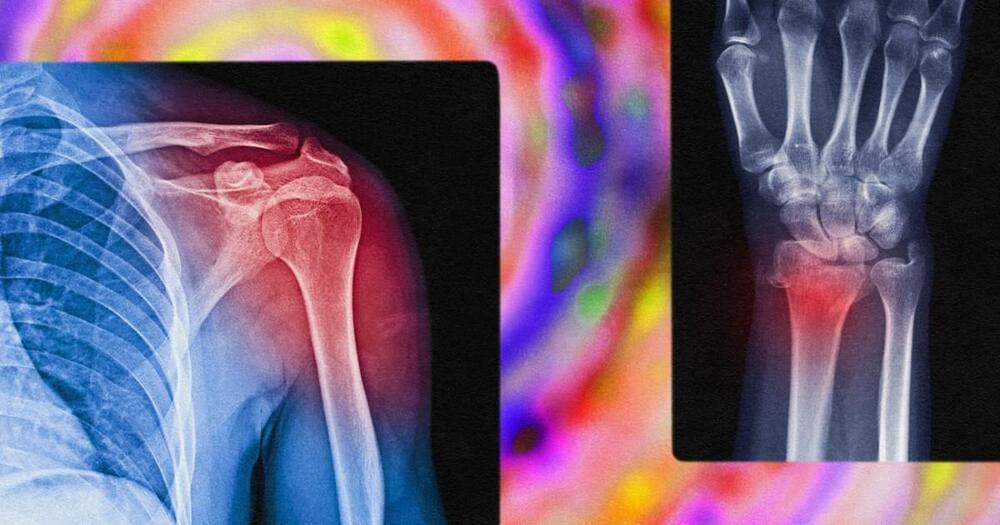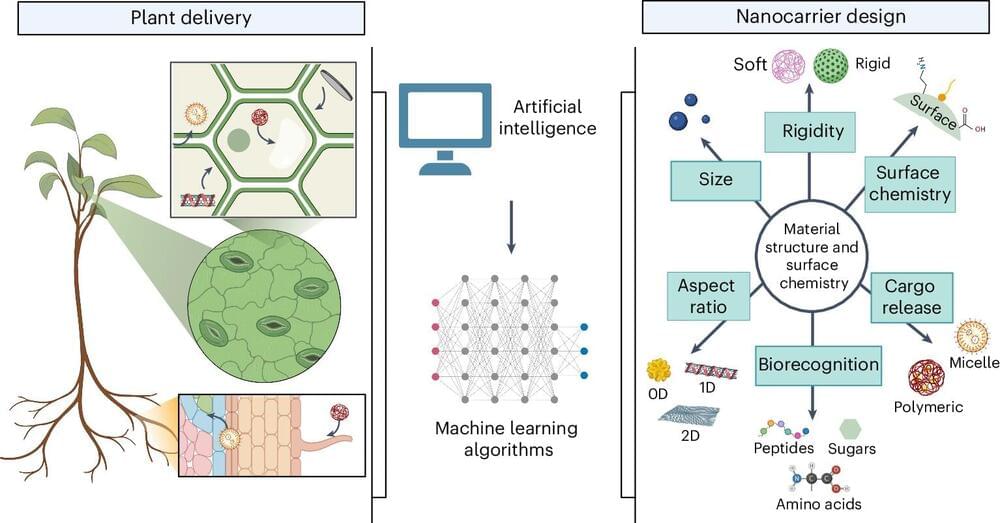During her chemistry Nobel Prize lecture in 2018, Frances Arnold said, “Today we can for all practical purposes read, write and edit any sequence of DNA, but we cannot compose it.” That isn’t true anymore.
Get the latest international news and world events from around the world.

Strange Radio Signal From Deep Space Baffles Scientists
We’ve received a strange signal from across the galaxy, and astronomers are struggling to understand what it means.
They know what’s emitting the signals. It’s a neutron star named ASKAP J193505.1+214841.0 (ASKAP J1935+2148 for short), located in the plane of the Milky Way, some 15,820 light-years from Earth.
But the signals themselves are like none we’ve ever seen before. The star goes through periods of strong pulses, periods of weak pulses, and periods of no pulses at all.

How psychedelics could help silence chronic pain
What if symptoms of chronic pain were sometimes just echoes of a past injury, and your brain could “snap out of it” with the help of psychedelics? It’s a surprising theory that several labs around the world are beginning to investigate. While there have been few double-blind, placebo-controlled, randomized clinical trials evaluating the efficacy of psychedelics for treating chronic pain, preliminary evidence is beginning to emerge — with promising results.
Chronic pain is defined as pain that persists beyond the usual recovery period or occurs with another condition. It may occur continuously or happen off and on. The most common manifestations of chronic pain are lower back pain, headache disorders, fibromyalgia, and neuropathic pain. People treated for chronic pain often undergo “pain management programs” that combine approaches from different fields to customize treatments.
Although it may be a reflection of ongoing physical health issues, chronic pain can also have deeply psychosomatic origins, reflecting the close relationship between mind and body.

AI may soon predict financial crises before they take root
AI is shaking up the finance sector. Soon, it may be predicting financial crises before they happen. Alongside that potential, robust governance is key.

Better farming through nanotechnology: An argument for applying medical insights to agriculture
Advanced technologies enable the controlled release of medicine to specific cells in the body. Scientists argue these same technologies must be applied to agriculture if growers are to meet increasing global food demands.

Scientists have traced the origin of the modern horse to a lineage that emerged 4,200 years ago
WASHINGTON (AP) — The horse transformed human history – and now scientists have a clearer idea of when humans began to transform the horse.
Around 4,200 years ago, one particular lineage of horse quickly became dominant across Eurasia, suggesting that’s when humans started to spread domesticated horses around the world, according to research published Thursday in the journal Nature.
There was something special about this horse: It had a genetic mutation that changed the shape of its back, likely making it easier to ride.


Quantum Pioneers: How Magnetic Quivers Are Rewriting the Rules of Particle Physics
A simple concept of decay and fission of “magnetic quivers” helps to clarify complex quantum physics and mathematical structures.
Researchers employed magnetic quivers to delve into the fundamentals of quantum physics, specifically through the lens of supersymmetric quantum field theories. They have provided a novel interpretation of the Higgs mechanism, illustrating how particles gain mass and the potential decay and fission within QFTs.
Pioneering Quantum Physics Study

Episode 3: “DNA Barcoding and Projectome Mapping”
Listen to this episode from Carboncopies Podcast on Spotify. In the third episode of the Carboncopies Podcast Series, Professor Tony Zador presents his work in DNA barcoding and projectome mapping. This technique has already been utilized by the well known Allen Brain Atlas. Zador further presented a nascent extension of this work that offers the possibility of using the same basic technique to map connectomes.
Starship Reentry SYNCED: IFT 3 vs IFT 4
Side by side comparison of Starship IFT-3 vs IFT-4 reentry phase. Video edit: Go To SpaceFootage Courtesy & Credits: SpaceXOutro song: Yung Logos — Metro http…